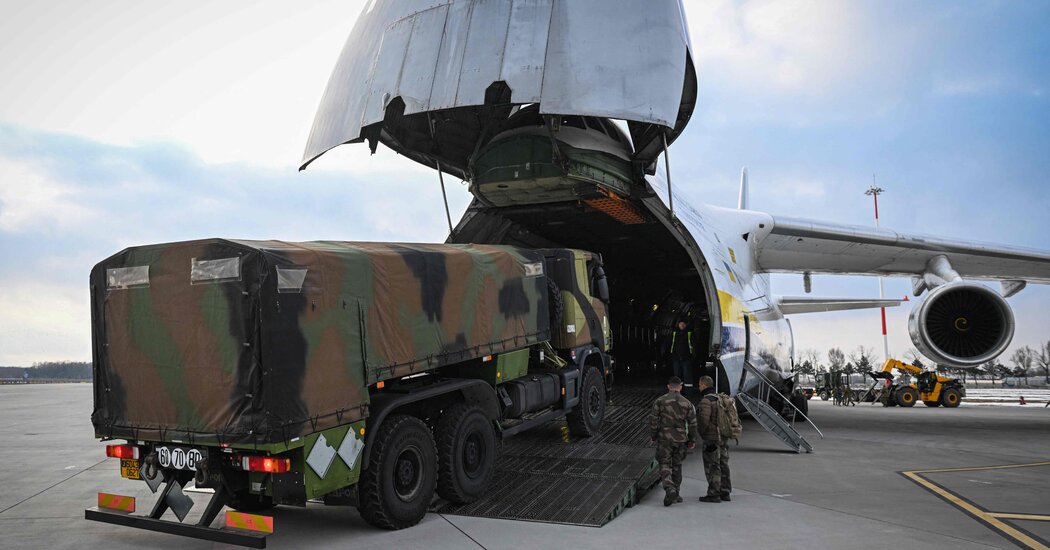
“All of us have been tremendously impressed by how effectively the Ukrainian armed forces have been using the equipment that we’ve provided them,” Laura Cooper, the Pentagon’s top Russia policy official, said. “Kremlin watchers have also been surprised by this, and how they have slowed the Russian advance and performed extremely well on the battlefield.”
Even the elements have sided with the Ukrainian military in the war’s early days. Bad weather in northern Ukraine has grounded some Russian attack planes and helicopters, a senior Pentagon official said. Many Russian vehicles that have driven off the main roads to avoid the stalled convoy have gotten stuck in the mud, making them more vulnerable to attack, officials said.
Russia-Ukraine War: Key Things to Know
But the U.S. intelligence also has its limits. Mr. Biden’s ground rules forbid flying surveillance aircraft over Ukraine, so they have to peer in over the border, much as surveillance is often conducted over North Korea. There is reliance on new, small satellites — providing images similar to those that commercial firms like Maxar and Planet Labs are providing.
A War in Cyberspace That Has Barely Begun
One of the odd features of the conflict so far is that it runs the gamut of old and modern warfare. The trenches dug by Ukrainian soldiers in the south and east look like scenes from 1914. The Russian tanks rolling through the cities evoke Budapest in 1956. But the battle of the present day that most strategists expected to mark the opening days of the war — over computer networks and the power grids and communications systems they control — has barely begun.
American officials say that is partly because of extensive work done to harden Ukraine’s networks after Russian attacks on its electric grid in 2015 and 2016. But experts say that cannot explain it all. Perhaps the Russians did not try very hard at the outset, or are holding their assets in reserve. Perhaps an American-led counteroffensive — part of what Gen. Paul M. Nakasone, the head of Cyber Command and the National Security Agency, calls a doctrine of “persistent engagement” in global networks — explains at least some of the absence.
Government officials are understandably tight-lipped, saying the cyberoperations underway, which have been moved in recent days from an operations center in Kyiv to one outside the country, are some of the most classified elements of the conflict. But it is clear that the cybermission teams have tracked some familiar targets, including the activities of the G.R.U., Russia’s military intelligence operations, to try to neutralize their activity. Microsoft has helped, turning out patches in hours to kill off malware it detects in unclassified systems.
All of this is new territory when it comes to the question of whether the United States is a “co-combatant.” By the American interpretation of the laws of cyberconflict, the United States can temporarily interrupt Russian capability without conducting an act of war; permanent disablement is more problematic. But as experts acknowledge, when a Russian system goes down, the Russian units don’t know whether it is temporary or permanent, or even whether the United States is responsible.




